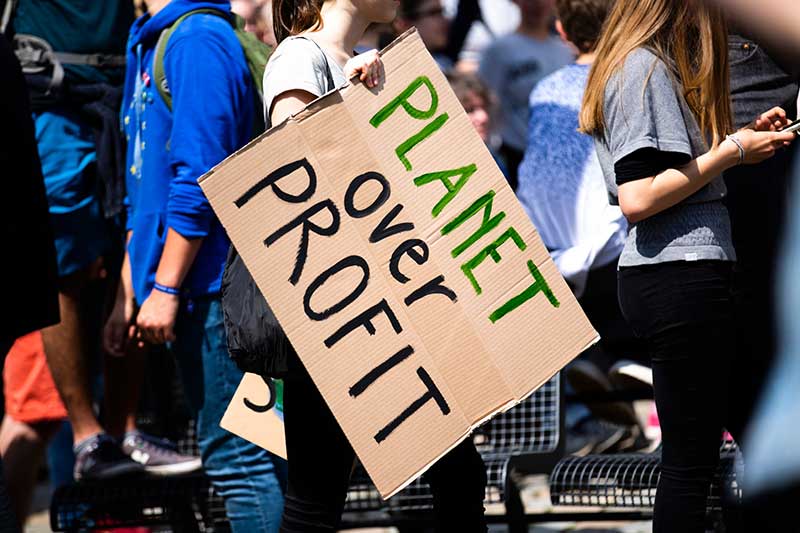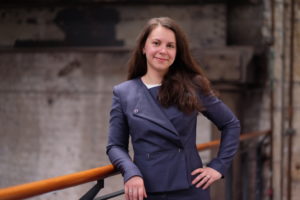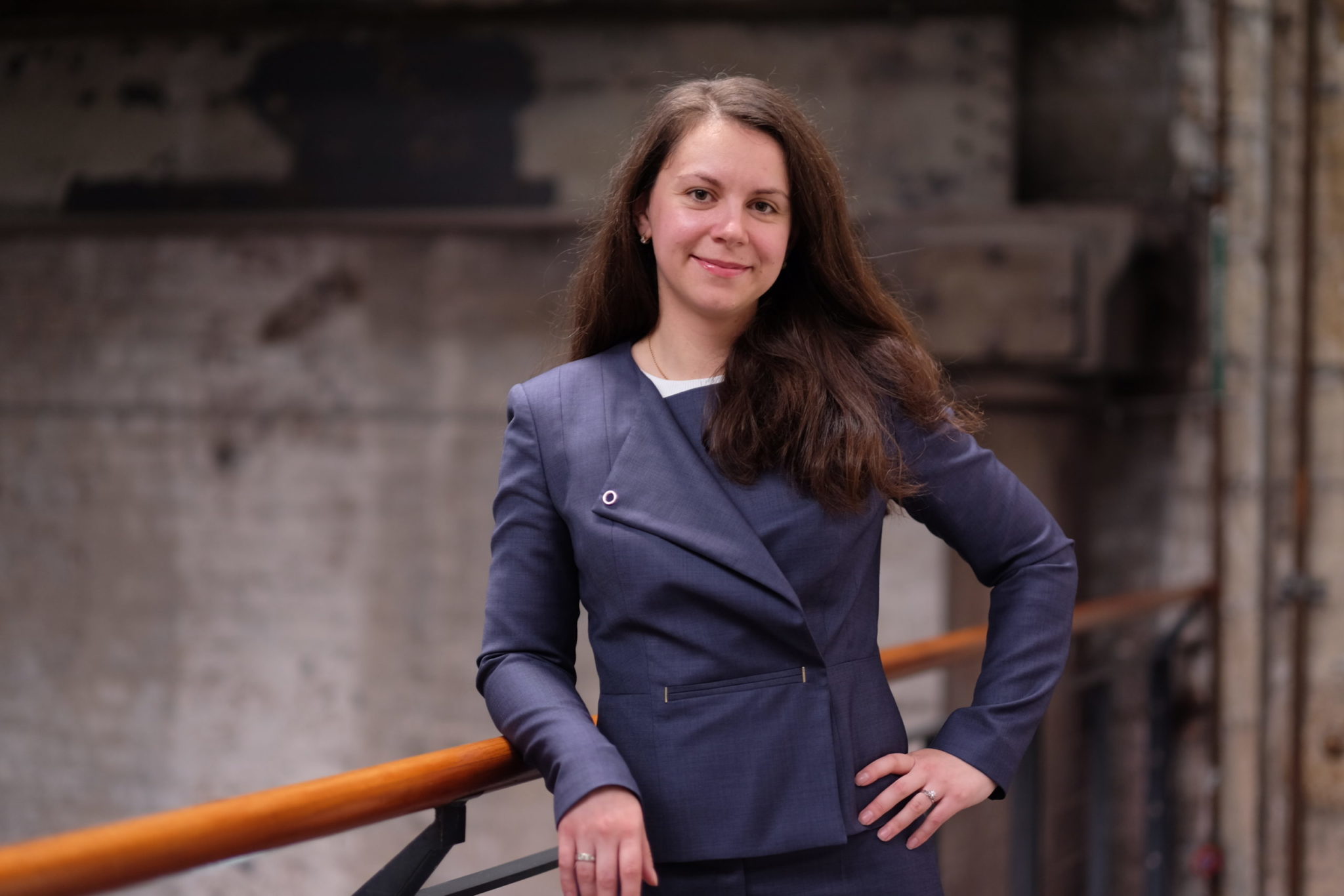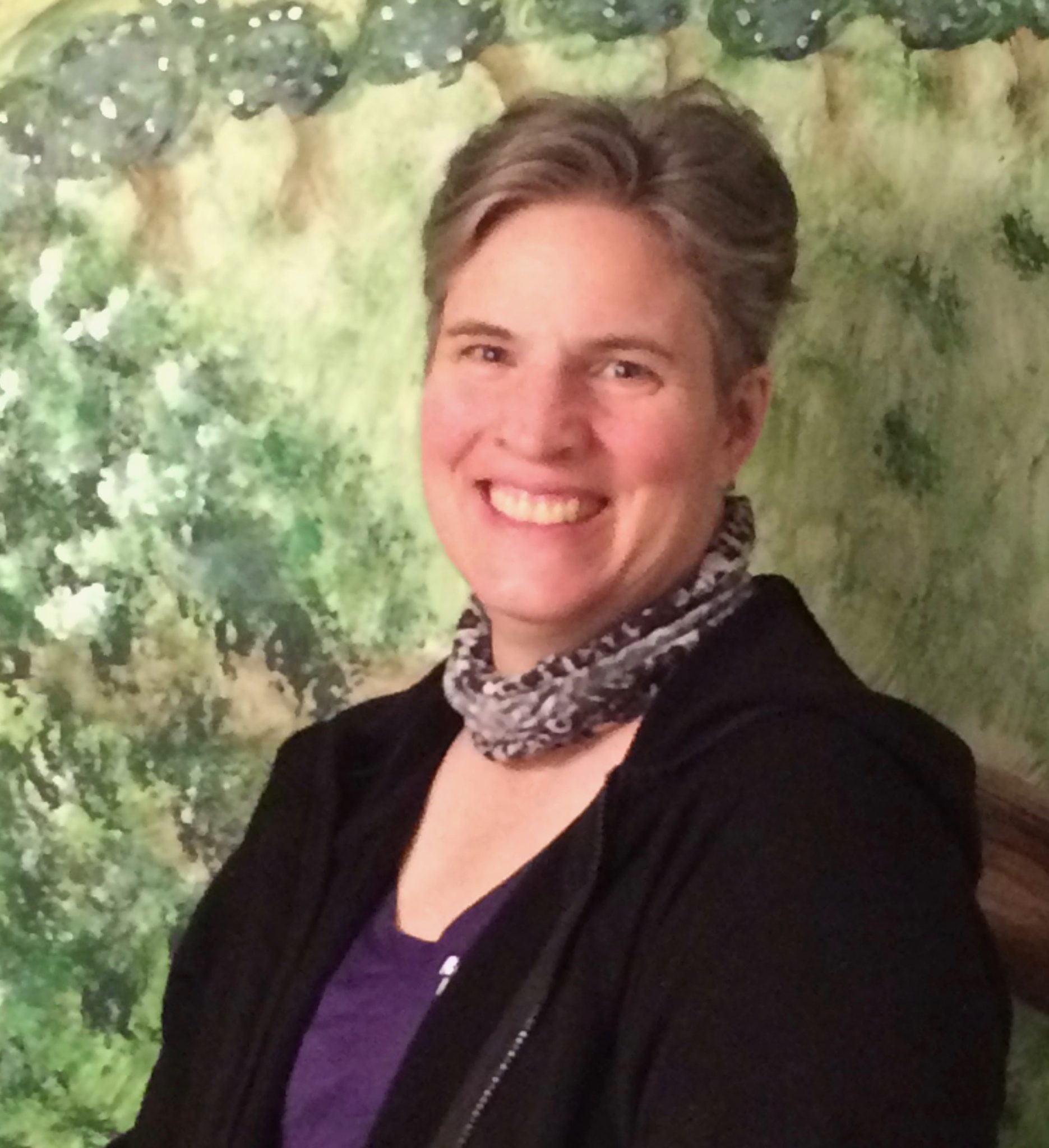
The Entrepreneurial Journey Part 2 – Do You Have the Right Opportunity?
Jun 29, 2021 | Gazette, News | 2, The Latest
The Entrepreneurial Journey Part 2 – Do You Have the Right Opportunity?
Tuesday, June 29, 2021, by Dr. Frederick Crane

The entrepreneurial highway is riddled with the fractured bones and broken dreams of aspiring entrepreneurs who failed to mine the right opportunity. Why? Because some opportunities are simply better than others. Ultimately, you need the right opportunity and exploit it effectively or you will not achieve entrepreneurial success.
There are actually three views regarding entrepreneurial opportunities. That is, opportunities can be recognized, discovered, or created. With opportunity recognition, the entrepreneur recognizes (deduces) that supply and demand are known to exist. The entrepreneur simply matches up supply and demand through an existing firm or a new firm (e.g., a franchise). When the COVID-19 pandemic hit us, you didn’t have to be a genius to recognize that there was going to be demand for facemasks given government mandates to protect the population! So many entrepreneurs jumped on that opportunity to supply masks.
With opportunity discovery, the entrepreneur inductively determines that either supply or demand exists (not both), and the other side has to be discovered. For example, there is demand for cures for certain illnesses but no supply, and there was a supply of personal computers (when first invented), but demand had to be discovered. Again, with the COVID-19 pandemic, pharmaceutical firms rushed to be the first to supply vaccines given that there was and is plenty of pent-up demand for such. Finally, with opportunity creation, the process used by the entrepreneur is abductive (inference), and neither supply nor demand exists in any obvious manner, and one or both may have to be created (e.g., new social media platforms). This is the concept of market creation – real newness.
I suggest that the right opportunity should possess the following characteristics:
- It creates significant value for customers by solving a significant problem or filling a significant unmet need for which the customer is willing to pay a premium price.
- It offers significant profit potential to the entrepreneur and his or her investors—enough to meet their risk/reward expectations.
- It represents a good fit with the capabilities of the entrepreneur and the management team—that is, you have the experience and skills to pursue it.
- It offers sustainability over time.
- It can obtain financing.
Also, the right opportunity will have validation from the intended customer. In short, the true litmus test for the right opportunity is whether or not the customer thinks it is a good idea, finds it valuable and distinctive, and would be willing and able to pay for it. Therefore, voice of customer (VOC) plays a major role in determining whether or not you are mining the right opportunity. You might think you have the right opportunity, but it is confirmation from the customer that is most important. So, you cannot sit in your room crafting a business plan. You have to get out there, in the marketplace, immerse yourself with the intended customers – and listen! Then, you will know if it is the right opportunity. And, if is it then the hard stuff begins; constructing the right business model; crafting the right brand, and executing the right go-to-market strategy. These are opics we will cover in the next parts of the entrepreneurial journey.
Author

Frederick Crane serves as a Senior Project Manager for the International Council for Small Business (ICSB).
Dr. Crane is an Executive Professor of Entrepreneurship & Innovation at the College of Business at Northeastern University; Former Editor of the Journal of the Academy of Business Education; and co-founder of Ceilidh Insights LLC – an innovation management training, intellectual property consulting
and consumer insight company. He was formerly a professor of marketing and entrepreneurship at the University of New Hampshire and a Chair and Full professor at Dalhousie University.
At Northeastern, he developed the graduate new venture creation course; the undergraduate innovation course – which is now taught campus-wide; and developed the online MBA course on innovation and enterprise growth. He also serves as the Faculty Advisor for the Private Equity and Venture Capital Club. Every semester at least one of his teams from his new venture creation course goes on to commercialize a business.
Crane, F. (2021, June 29). The Entrepreneurial Journey Part 2 –Do You Have the Right Opportunity?. The International Council for Small Business, Small Business Gazette. https://icsb.org/the-entrepreneurial-mindset/











